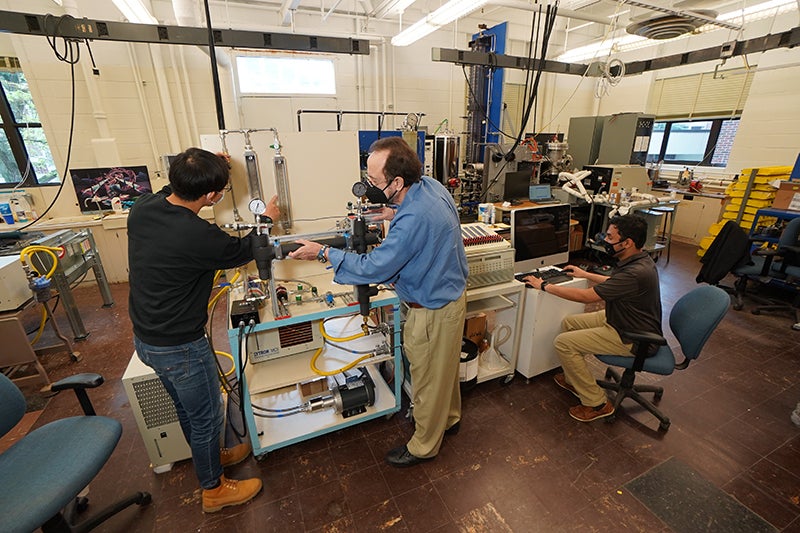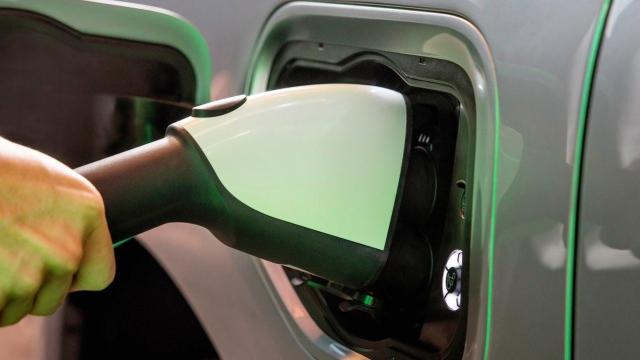One of the biggest challenges in getting truly widespread adoption of EVs is charging time. Not everyone can charge at home and even 20 minutes is too long if we’re expecting everyone to be driving EVs in the future. Purdue University, with the help of Ford, has invented what it thinks is part of the solution with a cable capable of charging an EV in only 5 minutes.
Purdue explains that one of the bottlenecks in upping the speed of charging is dealing with all of the heat. To get an EV to charge as fast as an ICE fills its fuel tank requires a ton of current to flow through the charging cable, and the higher the current, the more heat that’s going to be generated. The cable has to be cooled somehow to keep things working.
EV chargers with higher charging speeds do deploy liquid-cooled cables to combat the heat, but Purdue says they remove only so much heat. The university’s solution? Switch from liquid cooling to liquid phase-change cooling.
Purdue doesn’t go into detail about the cable, but it is the work of Engineering Professor Issam Mudawar and his students. For Mudawar, it’s the result of 37 years of work finding out how to more efficiently cool electronics using liquid phase-change cooling.
The cooling works by utilising a coolant that starts off as a liquid and changes into a vapour as it absorbs heat. Purdue says by capturing heat in both liquid and vapour forms, the system can remove 10 times more heat than just liquid cooling.
This cooling means it’s possible to use smaller wires inside the charging cable and most importantly, ups the output to 2,400 amps. That’s far more than the current best in the industry, Tesla, with its 520-amp currents. Mudawar’s lab has demonstrated that their cable can handle it, but it has not yet been tested on an EV.

The lab says that you’d need 1,400 amps at minimum to charge a large EV in 5 minutes and this blasts past that.
Of course, this new cable sounds pretty revolutionary, but it solves just one part of the equation. You can’t just force an EV to take a charge it wasn’t built to handle. Purdue acknowledges this:
Ultimately, charge times will be dependent on the power output ratings of the power supply and charging cable, and the power input rating of the EV’s battery. To obtain a sub-five minute charge, all three components will need to be rated to 2,500 amperes.
Mudawar’s lab plans to work with either EV or charging cable manufacturers to stick this into an EV for testing within two years. The hope with the tests is to find out how it actually charges those vehicles.
